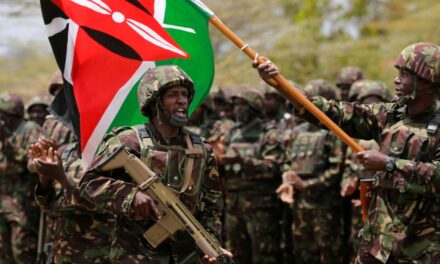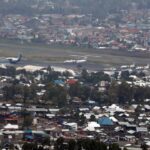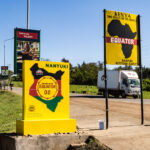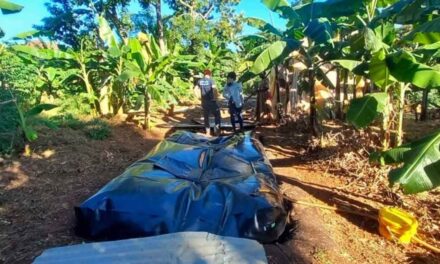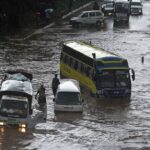
Security Officers Maimed in Light Land Cruisers: Where are the APCs?
Posted by KFP Editor | Jun 15, 2023 | MILITARY


In the wake of a devastating event that claimed the lives of 14 soldiers in Lamu County, questions linger in the minds of many, demanding accountability and a thorough examination of the circumstances surrounding the tragedy that left infantry officers dead.
The soldiers who were on a fighting patrol according to military sources, encountered an Improvised Explosive Device (IED) reinforced with ambush in the general area of Handaro.
The attack happened in an area, which is under a special operation code named Operation Linda Boni to flush out the terrorists there.
The area has been experiencing a lull of attacks in the past months due to various measures taken by authorities.
The measures include the deployment of special units in the area to deal with Al-Shabaab terrorists who are operating there.
But the use of an open, light skin Land Cruiser by infantry soldiers in an operational area has raised concerns about potential failures in standard operating procedures and the safety protocols that protect those who serve.
The Sacrifice of the Brave
In this heart-wrenching incident, we are reminded of the sacrifice made by soldiers who put their lives on the line to safeguard the country.
These dedicated individuals deserve the highest level of protection and support as they carry out their duties.
This is the highest number of casualties so far this year as the terror group keeps moving into the country from Somalia where they have been facing onslaught from authorities.
There are fears more such attacks will continue in the border region and may happen in any part of the country.
A December 2022 travel advisory from Washington describes Kenya as a terror-prone country.
“Terrorist attacks have occurred with little or no warning, targeting Kenyan and foreign government facilities, tourist attractions, transportation hubs, hotels, resorts, markets/shopping malls, and places of worship,” reads part of the advisory released by the US state department.
Washington labeled Lamu County, Tana River, Mandera, Wajir, and Garissa as level four areas, prohibiting their government personnel from traveling.
As the initial shock subsides, the need for accountability amongst the military community is rising.
Who made the decision to deploy soldiers in an open, light-skin Land Cruiser, and were adequate risk assessments conducted?
Military and security enthusiasts say examining the decision-making process and holding those responsible accountable will help prevent such tragedies in the future.
Standard Operating Procedures Under Scrutiny
The incident raises concerns about the adherence to standard operating procedures (SOPs) within the military.
SOPs serve as a critical framework for ensuring the safety and effectiveness of operations.
“Use of soft skin vehicles in operation areas is an SOP failure! Many lives have been lost with Armored personnel carriers (APCs) parked in Nairobi,’’ retorted a former Kenyan military intelligence boss
Delicate Balance
In analyzing the use of an open, light skin Land Cruiser in an operational area, the delicate balance between operational necessity and safety becomes evident.
While operational requirements may dictate the need for mobility and flexibility, ensuring the safety of soldiers should remain paramount. This incident prompts a reassessment of the equipment and resources provided tosoldiers to ensure they are adequately protected in high-risk environments.
Military sources in these areas claim they use land cruisers when on fighting patrols.
“We do not have APCs. Just wish things will work well one day, and despite the challenges, we will deliver our best for the nation,” said another military source
The Kenya Defence Forces, who are part of the ATMIS mission in Somalia, have lost tens of soldiers to Improvised Explosive Devices attacks in the war-torn country and the porous borders of Kenya and Somalia, making APCs a crucial asset for the success of the country’s military.
Capital News in January 2021 reported that the current APC fleet in the KDF consists of Puma M26-15, WMZ 551BSI, Mamba MK5, Bastion, and CS/VP 14, all introduced into service between 2010 and 2019.
“The aforestated APCs have been deployed in-country and in Somalia to address security threats. A significant number of the APCs have been rendered useless due to the changing threat environment,” reads a DoD letter, reference DHQ/SYS/LAND/301, justifying the need for new vehicles in 2021.
The Kenyan Department of Defence is still mum on this incident.
Your support empowers us to deliver quality global journalism. Whether big or small, every contribution is valuable to our mission and readers.











